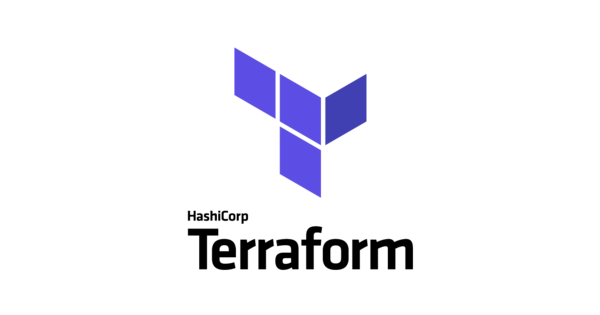One of the key benefits of Terraform is its ability to automate the provisioning and configuration of cloud resources. In this article, we will take a deeper look at how Terraform can be used to create and manage a variety of cloud resources, including compute instances, storage, networking, and more.
Compute instances:
Terraform can be used to create and manage compute instances in a variety of cloud providers, including Amazon Web Services (AWS), Microsoft Azure, and Google Cloud Platform (GCP). This includes the ability to specify the type and size of the instance, as well as the operating system and other configuration options.
Contents
Let's look at an example below which shows creating a compute instance in AWS
provider "aws" { region = "us-east-1"}resource "aws_instance" "web_server" { ami = "ami-0ff8a91507f77f867" instance_type = "t2.micro" key_name = "mykey" security_groups = ["default"] user_data = <<EOF #!/bin/bash echo "Hello, World" > index.html nohup busybox httpd -f -p 80 & EOF}Code language: PHP (php)This code uses the aws provider to specify that we are using the AWS cloud, and it creates a single aws_instance resource of type t2.micro. The ami parameter specifies the Amazon Machine Image (AMI) to use for the instance, and the key_name parameter specifies the name of the SSH key pair to use for accessing the instance. The security_groups parameter specifies the security group to use for the instance, and the user_data parameter specifies a script to run when the instance is launched.
Storage:
Terraform can be used to create and manage storage resources, such as block storage, object storage, and file storage. This includes the ability to specify the type and size of the storage, as well as the level of durability and availability.
Here is an example of creating an object storage bucket in GCP
provider "google" { project = "my-project" region = "us-central1"}resource "google_storage_bucket" "my_bucket" { name = "my-bucket"}Code language: JavaScript (javascript)This code uses the google provider to specify that we are using the Google Cloud Platform (GCP), and it creates a single google_storage_bucket resource. The name parameter specifies the name of the bucket to create.
Networking:
Terraform can be used to create and manage networking resources, such as virtual private clouds (VPCs), subnets, and security groups. This includes the ability to specify network configurations, such as routing and firewall rules.
Creating a virtual private cloud (VPC) in Azure
provider "azurerm" { subscription_id = "00000000-0000-0000-0000-000000000000" tenant_id = "00000000-0000-0000-0000-000000000000" client_id = "00000000-0000-0000-0000-000000000000" client_secret = "00000000-0000-0000-0000-000000000000"}resource "azurerm_virtual_network" "my_vpc" { name = "my-vpc" address_space = ["10.0.0.0/16"] location = "westus2" resource_group_name = "my-resource-group"}Code language: JavaScript (javascript)This code uses the azurerm provider to specify that we are using Microsoft Azure, and it creates a single azurerm_virtual_network resource. The name parameter specifies the name of the VPC to create, and the address_space parameter specifies the IP address range to use for the VPC. The location parameter specifies the region where the VPC will be created, and the resource_group_name parameter specifies the name of the resource group to use for the VPC.
Other resources:
Terraform can also be used to create and manage a variety of other resources, such as databases, load balancers, and application servers. This enables users to build and manage complex infrastructure environments in a consistent and predictable manner.
By using Terraform to automate the provisioning and configuration of cloud resources, organizations can save time and resources, and they can also ensure that their infrastructure is consistently configured and up to date. In addition, the use of configuration files enables users to track changes to their infrastructure over time and to roll back to previous versions if needed.
Overall, Terraform is a powerful and flexible tool for automating the provisioning and management of cloud resources, and it is an essential tool for any organization looking to build and maintain a modern, cloud-based IT environment.






